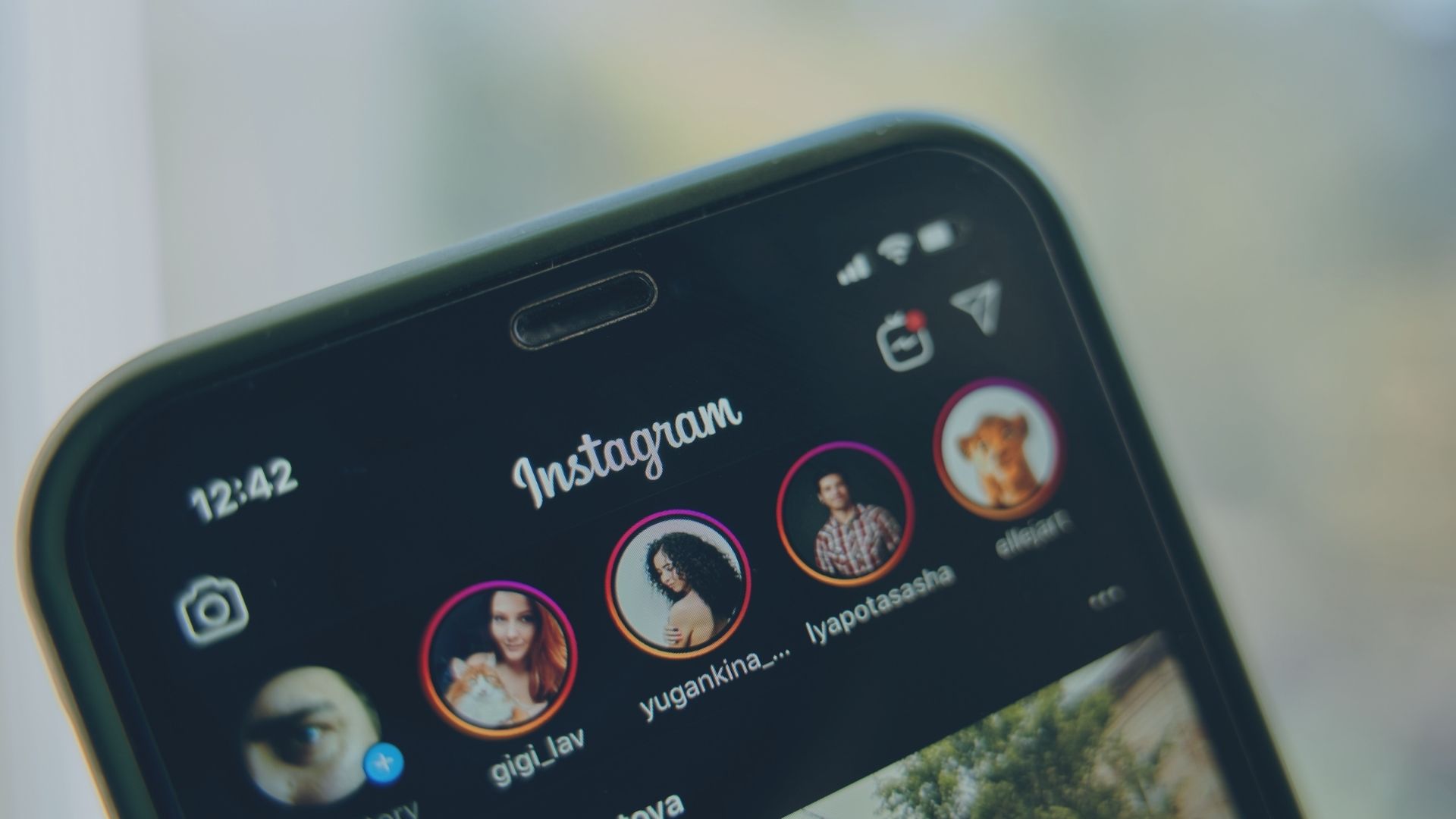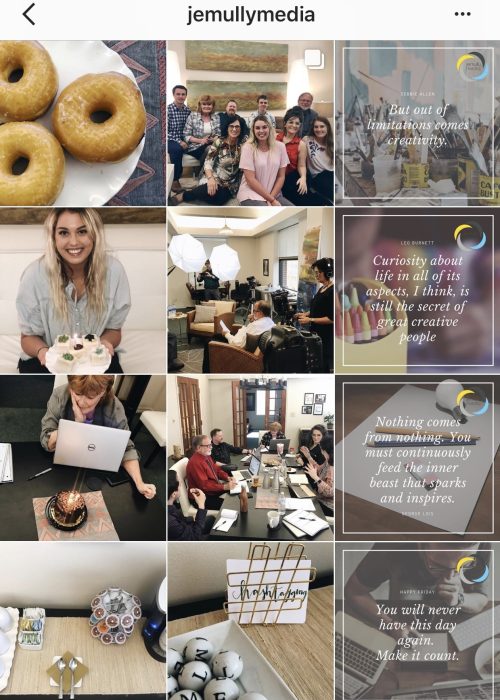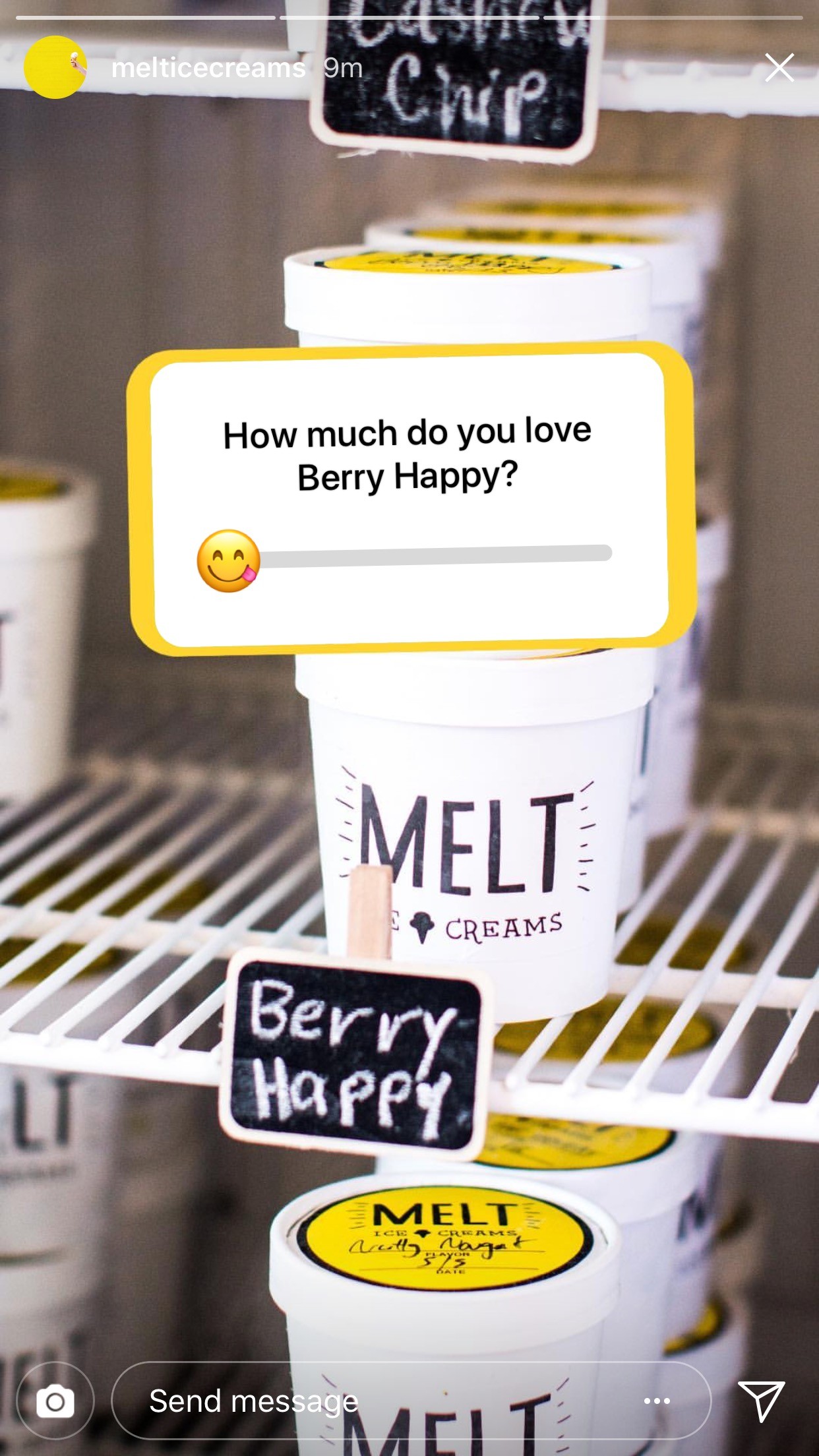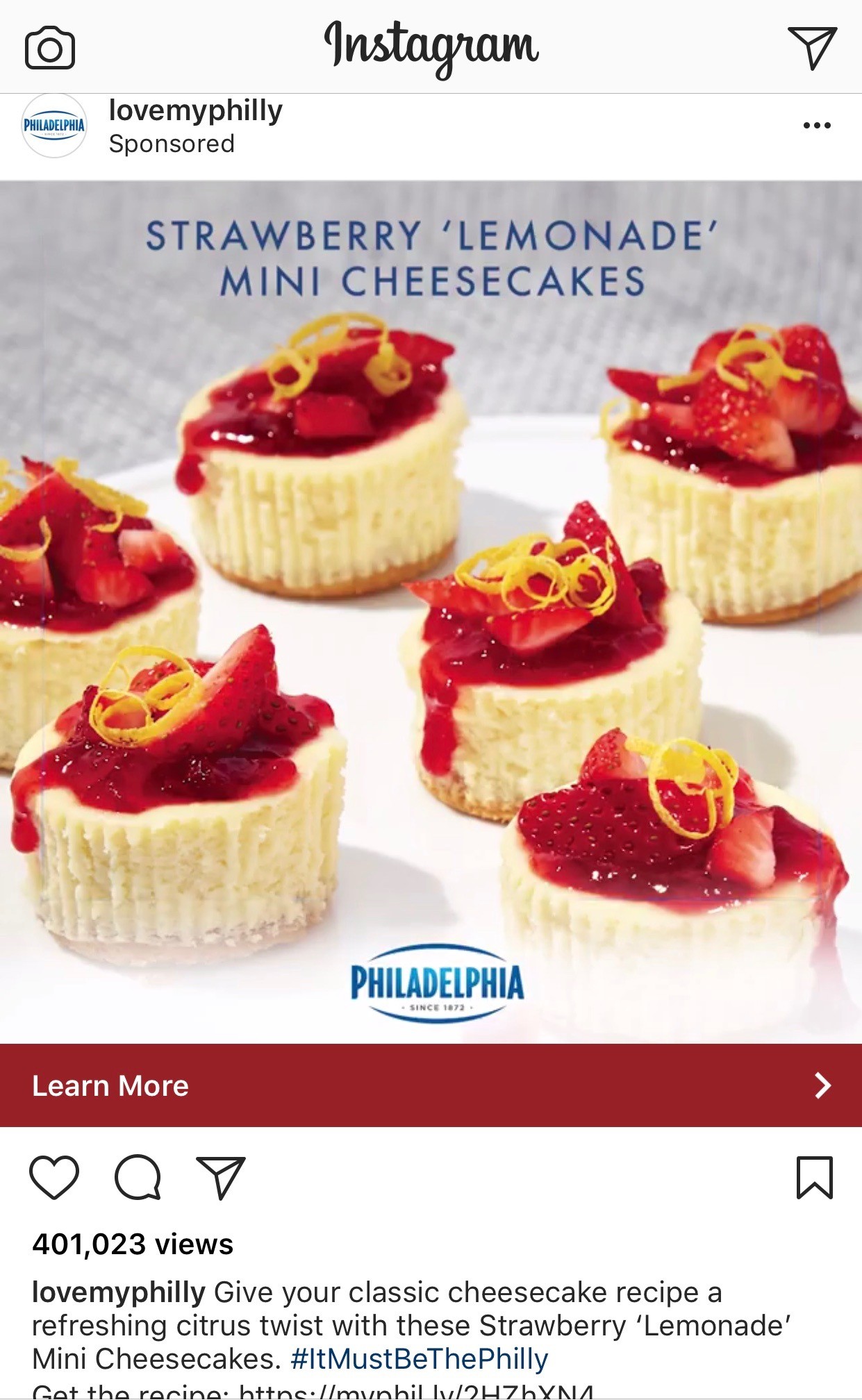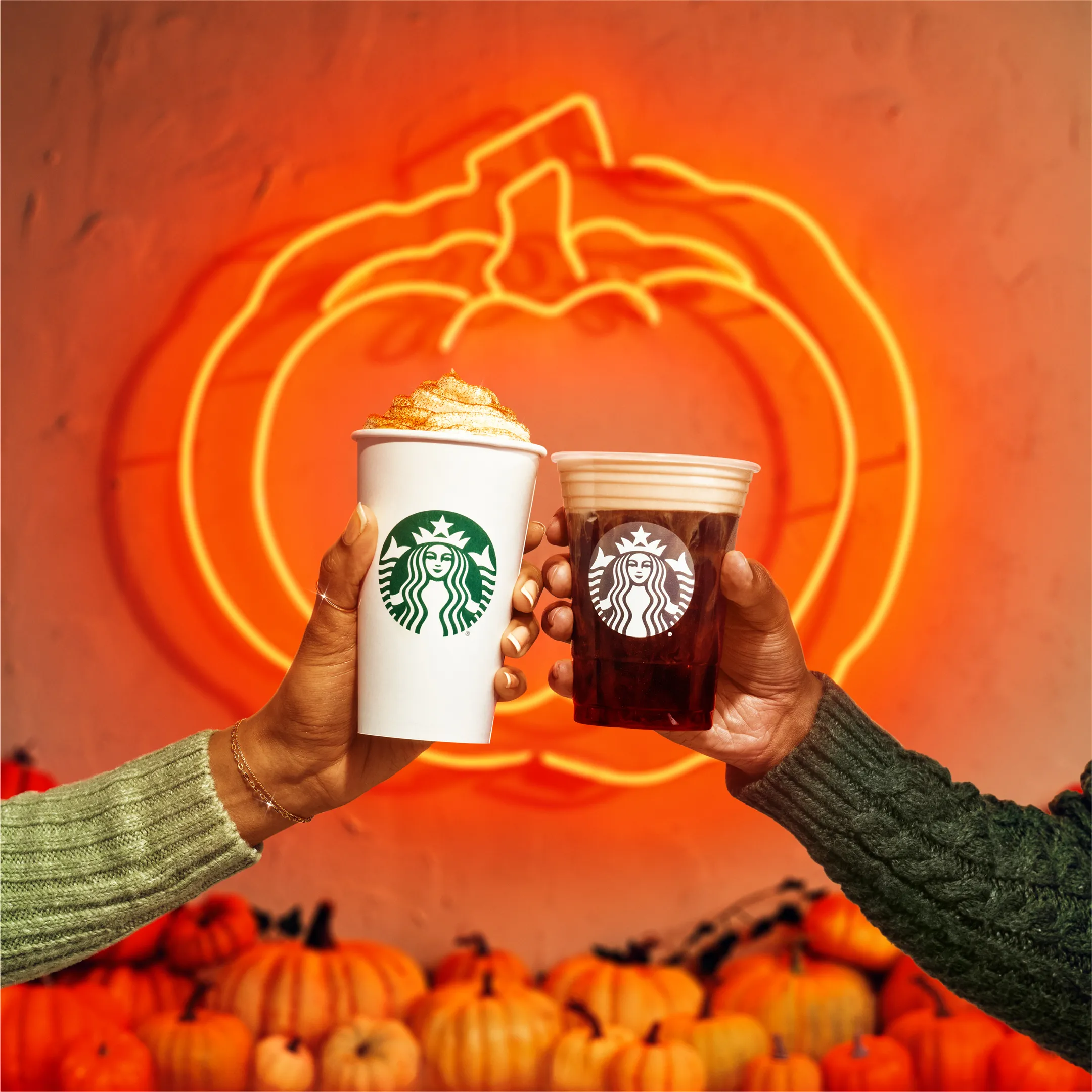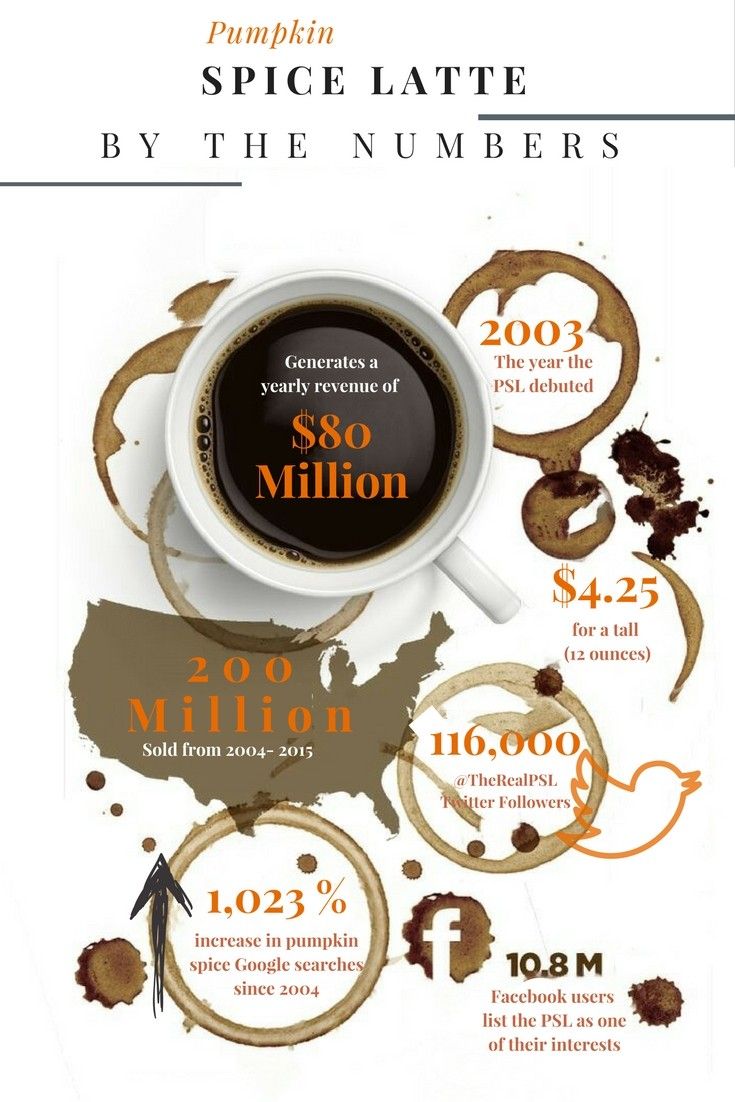The Enneagram Personality Model is a psychological self-analysis that identifies any individual as to what personality type that person exhibits, from among nine different types. Just like people, social media platforms have grown personalities of their own that distinguish them each from one another. Although social media users find it necessary to utilize most if not all social platforms to keep their marketing machine running smoothly, those same users will show a definite preference for one specific social media platform over another, based on that user’s Enneagram profile. Therefore, a social media enneagram just might be a thing.
The Enneagram Test reveals not just your basic personality traits but also your basic fears and desires. If you would like to learn more about the Enneagram system or take the test to learn your type, you can do so here!
The Enneagram is a dynamic, growth-oriented inventory that aims to pinpoint one’s basic fears and motivations, in order to facilitate personal growth through a specific trajectory.
So we ask, what social media platform are you based on your Enneagram type?
Social Media Enneagram: LinkedIn – Types 1,3,5,8
For business not pleasure. Educational and informative content pertaining to business, work, and careers. More serious and purposeful.
Content you might find on on the social media enneagram of Linkedin:
- Articles from businesses and industry outlets
- Resumes
- Job postings
- Blog posts
Explanation:
If you’re a Reformer, Achiever, Investigator, or Challenger, you probably identify most with Linkedin. Whether you’re a rational perfectionist or someone who is purposefully principled, intensely innovative, or willfully self-confident, you probably find yourself sharing articles from Forbes or promoting your companies latest blog post. You are a thought leader and you may also be taking advantage of Linkedin targeting capabilities to grow connections within your industry.
Social Media Enneagram: Facebook – Types 2,6,9
The melting pot of social media. A wide variety of interests and shareable content. Entertaining, social, sharing feelings.
Content you might find on Facebook:
- Memes
- GIFs
- Animal videos
- Political views
- Vacation albums
- Family/kid albums
Explanation:
If you’re a Helper, a Loyalist, or a Peacemaker, you probably identify most with Facebook as your social media enneagram. Whether you’re interpersonally pleasing, engagingly committed, or receptively easy going, you probably find yourself posting photos from your family vacation, sharing one (or 10) of those cute animal videos, and liking and commenting on all of your friends’ posts. You like to share your own thoughts and feelings while creating and engaging in meaningful interactions.
Social Media Enneagram: Instagram – Types 4,7
Have a clever caption or don’t have one at all. Showing one’s day-to-day moods in a self-reflective and aesthetic fashion. Aesthetics are very important to this platform. People create an image on Instagram.
Content you might find on the ‘Gram:
- Outfit of the days
- Food/drink
- Flat lays
- Memes
- Workouts
- Play by plays via Stories
Explanation:
If you’re an Individualist or an Enthusiast, you probably identify most with Instagram. If you strive to express individuality, and avoid missing out on experiences, then you probably find yourself posting your favorite outfits, food, beverages, and music choices while keeping your stories constantly updated on what you’re up to. Aesthetics and captions are important to you, and these, when expressed to best advantage, help with maintaining a certain image that you can portray through the platform that is your social media enneagram.
So mix it up and level it out
Because these platforms are differentiated by their own personalities, it is vital that you utilize all of them to keep yourself and your business well rounded. Different types and personalities level each other out. Therefore just as you wouldn’t want a company made up of only achievers or only enthusiasts, you don’t want all of your content to go through ONLY Linkedin or ONLY Instagram. A healthy mix is the key to success!



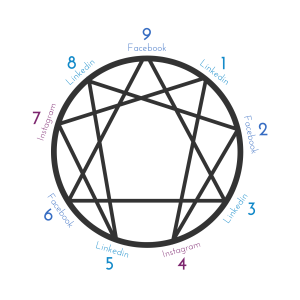



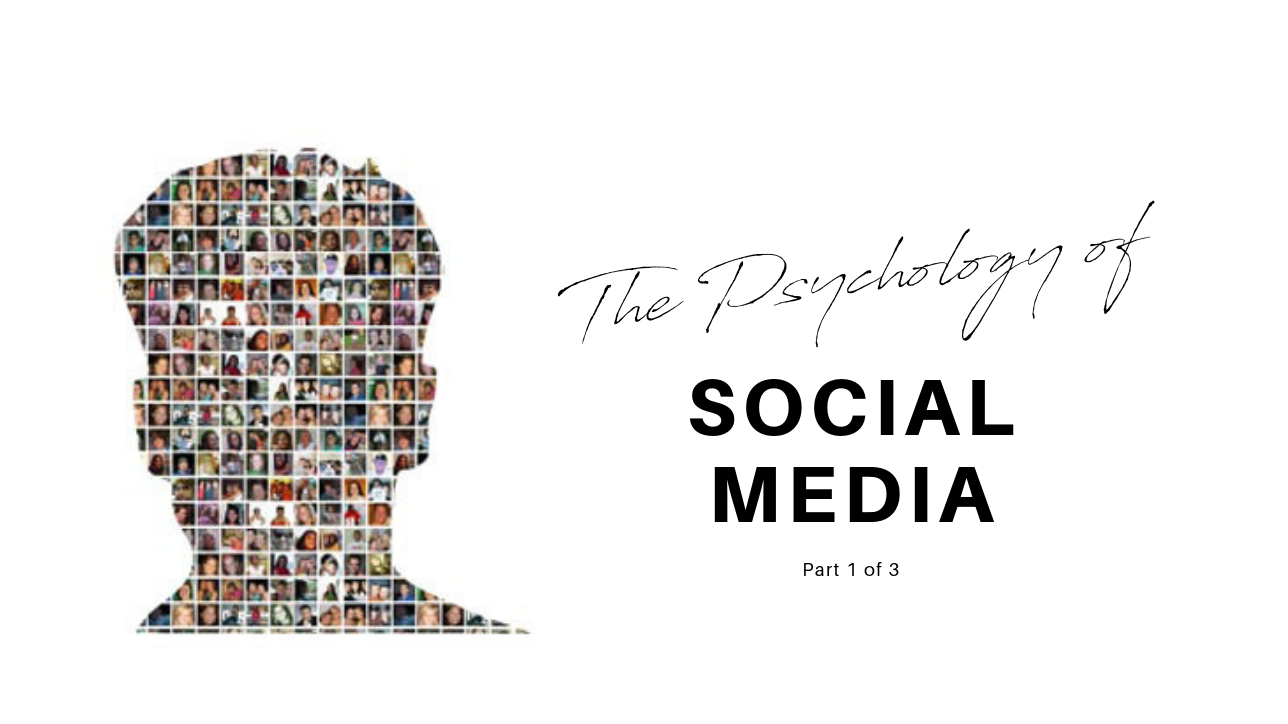

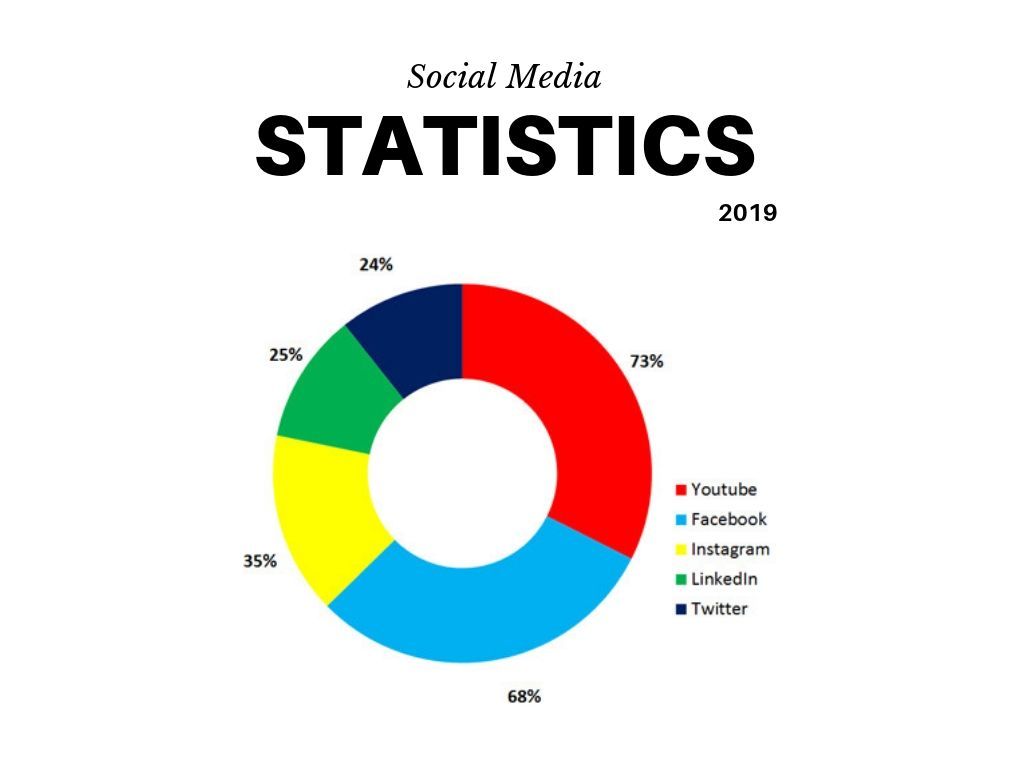
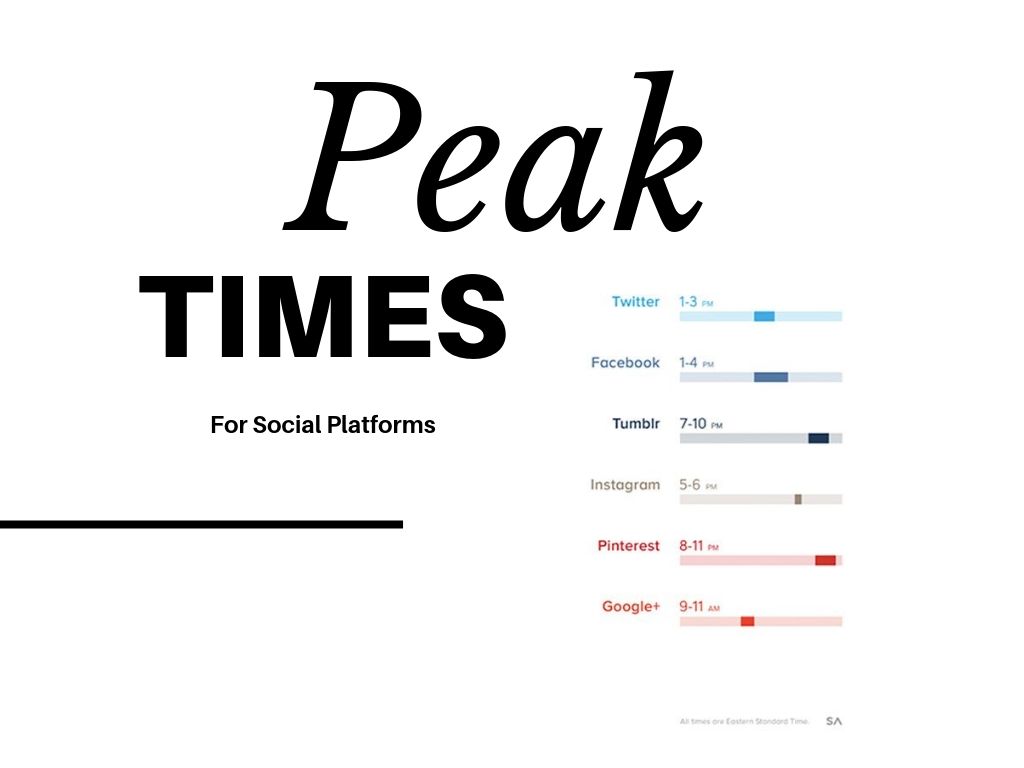

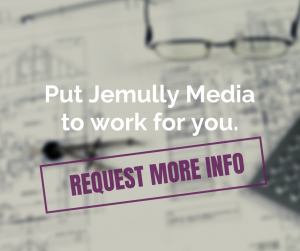
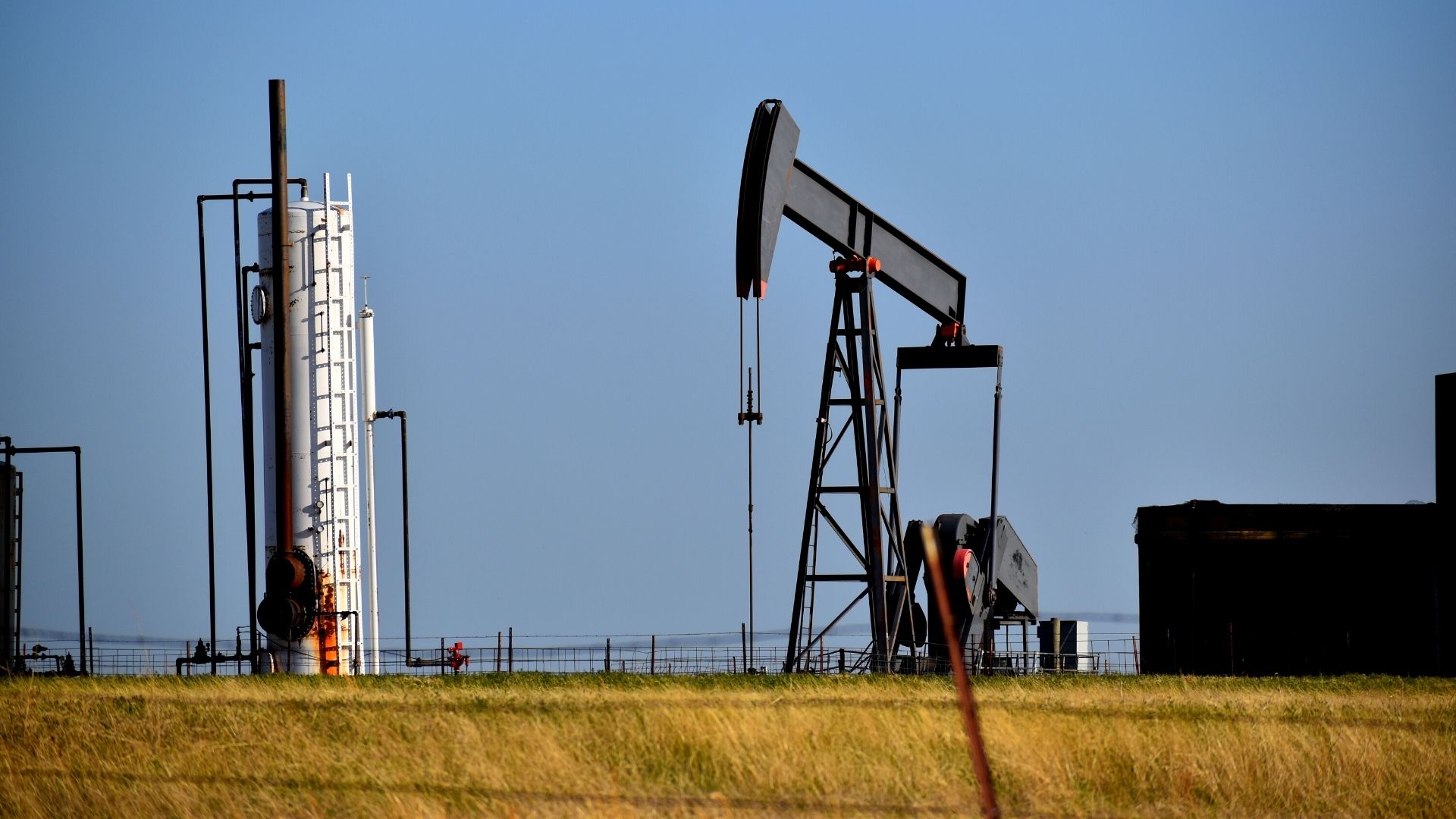
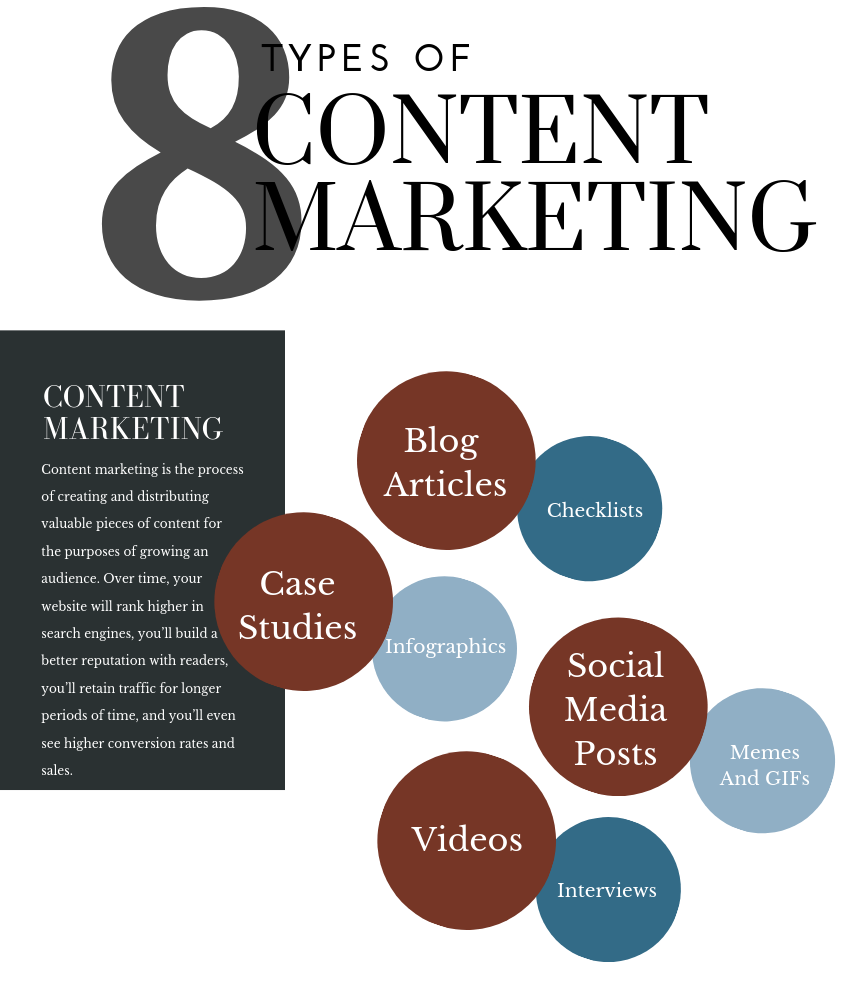
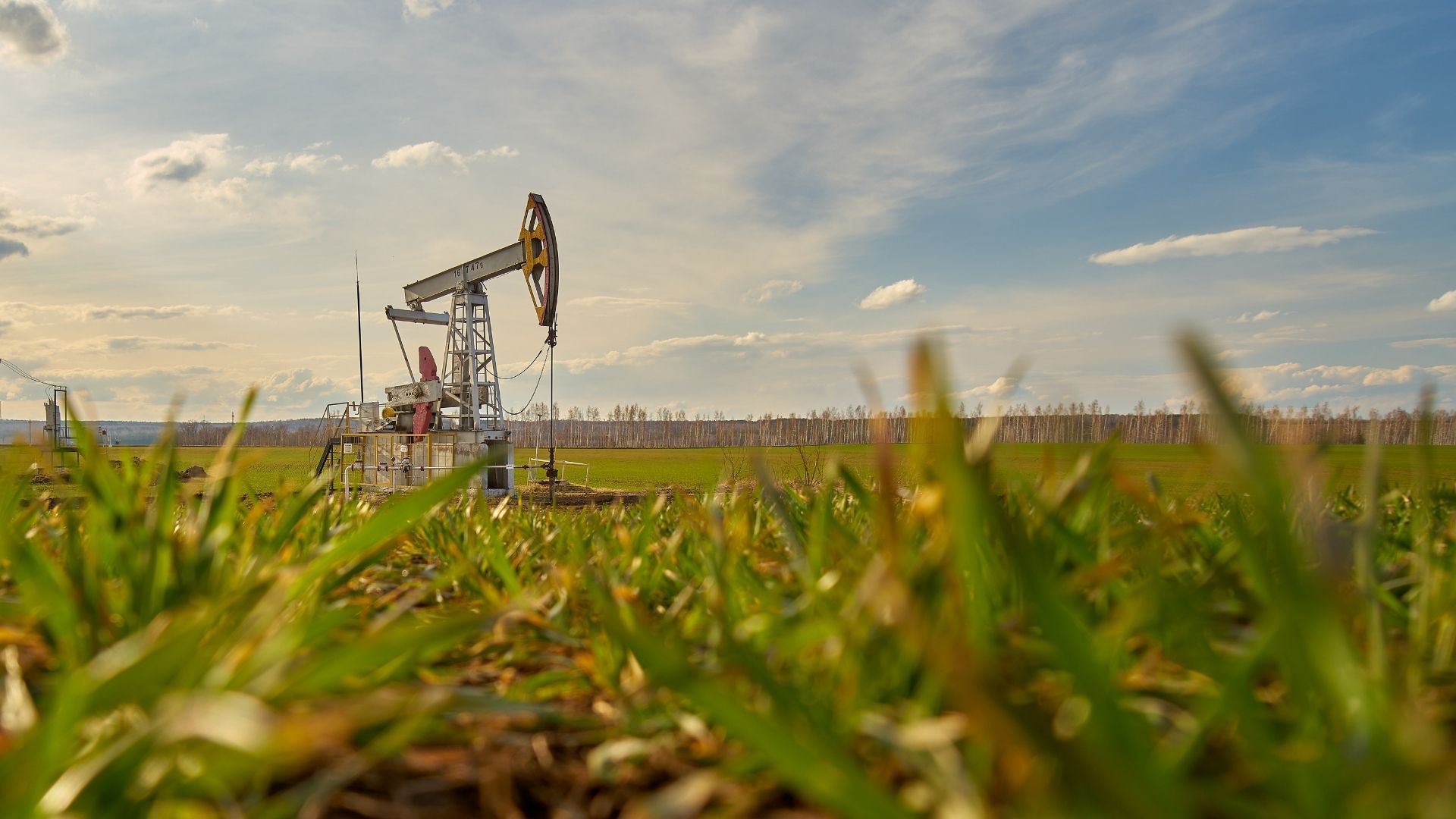
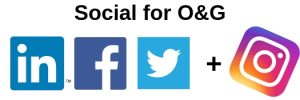
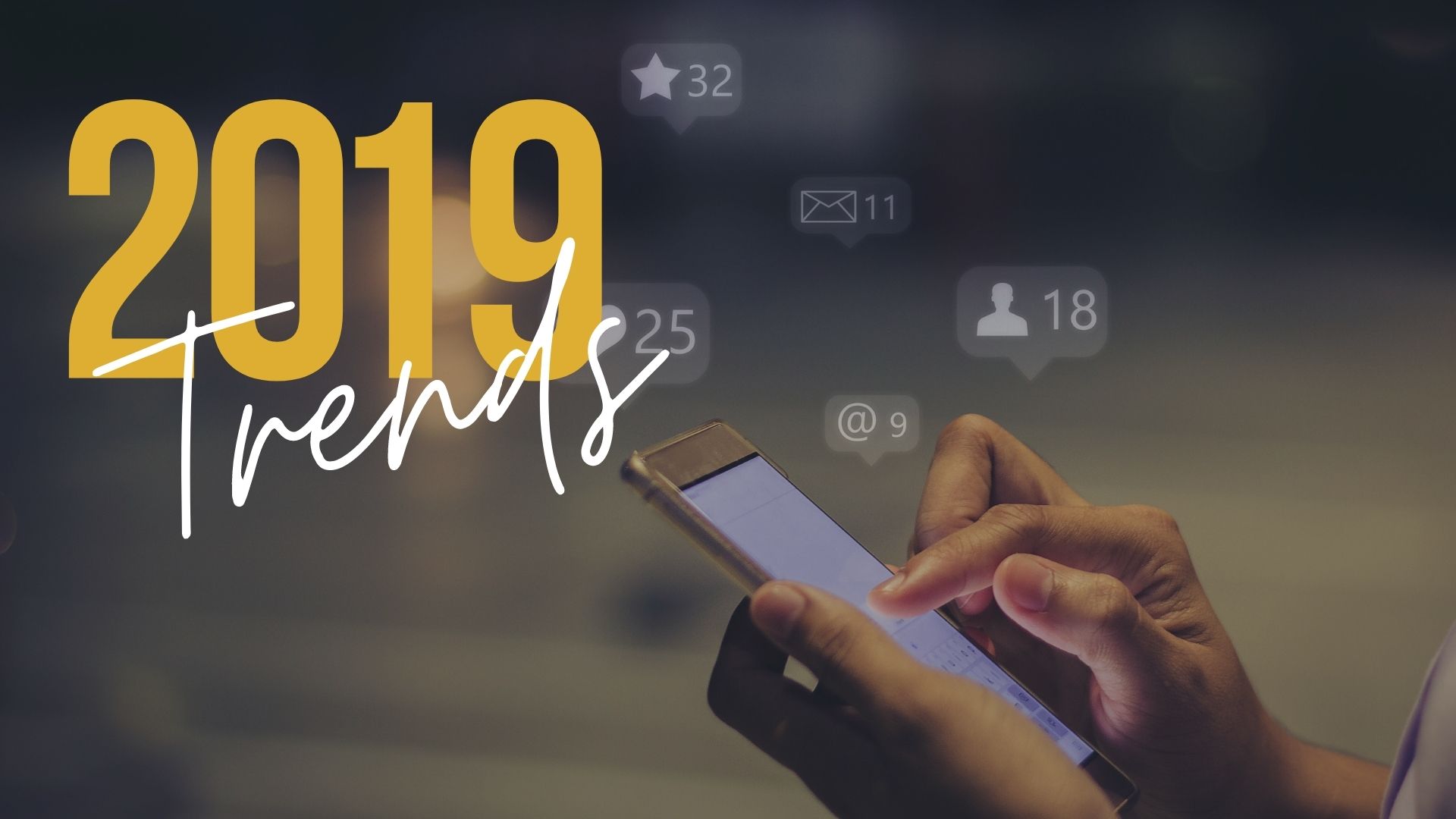

 Social Stat: 64% of social media marketers have implemented Instagram stories into their social strategy or plan to incorporate them within the next 12 months. That is a pretty good indication of a social media trend.
Social Stat: 64% of social media marketers have implemented Instagram stories into their social strategy or plan to incorporate them within the next 12 months. That is a pretty good indication of a social media trend.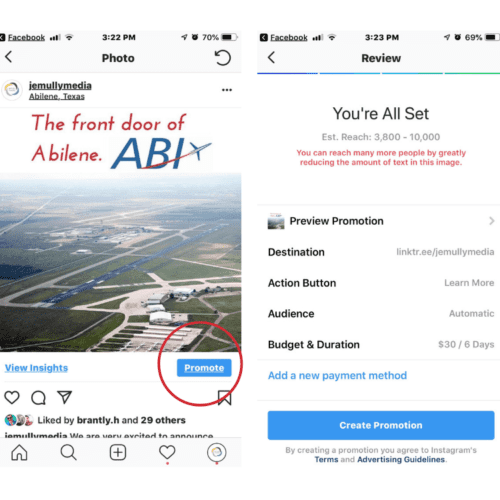
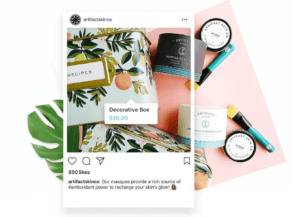 Social Stat: 28% have implemented social commerce or plan to within the next 12 months.
Social Stat: 28% have implemented social commerce or plan to within the next 12 months.
